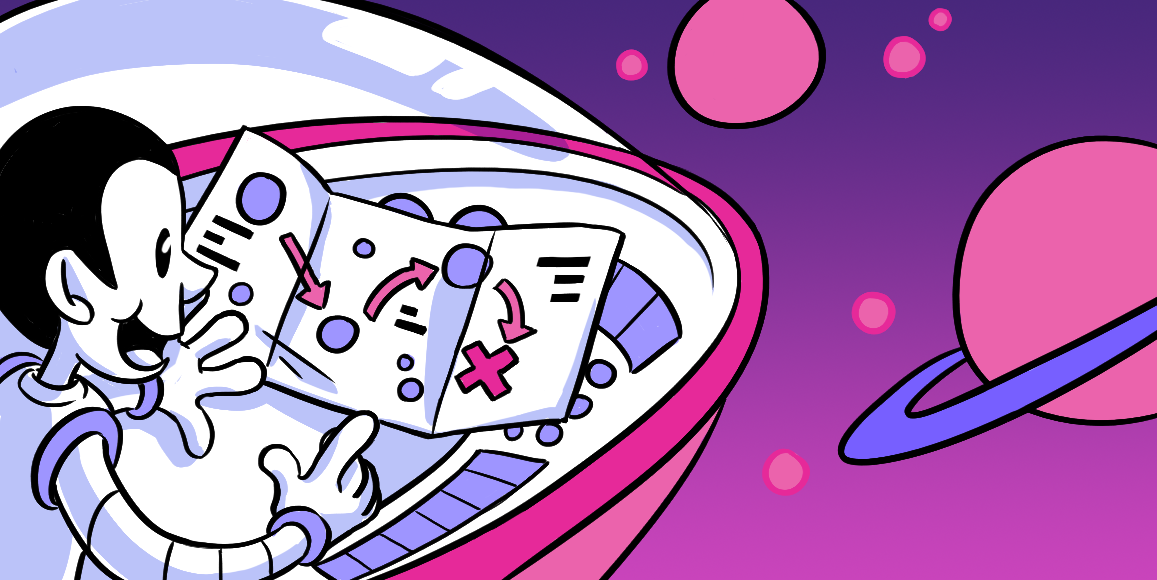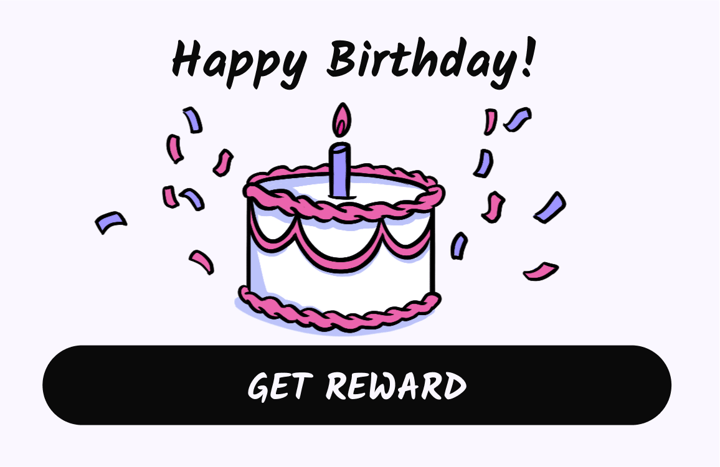Goal Mapping
A method that lets us set customer-centric business goals in the short- and long-term.
What are you going to do tomorrow? Why? Better yet, what is your team going to do tomorrow, the next day, next week, or even next year? And why?
Some of us don’t even know what we’re going to have for lunch. So facing these questions can be paralyzing for someone leading a team or a company. You have to act fast and keep people moving in the short term — most companies are good at keeping their employees busy — but to win over the long haul, you need your people motivated by your mission and in tune with your customers.
How do you set goals on the fly to make that happen? Goal mapping is one way to get this done. No, it’s not the kind of goal mapping you’d find in pop psychology books. The kind of goal mapping we’re talking about frees us to explore opportunities and set goals we can act on right away. Others we can explore more in the future without stress.
Goal mapping came in handy on a client project where we wanted to know the life cycle of customers, from lead generation to acquisition to retention. We were able to track users through each stage of their interaction with our client’s site. How do they interact with the site? What do we do to capture their interest and hold onto them? By goal mapping, we were able to pinpoint where the interactions come into play, which informed how we would design those interactions.
When done early in a project, goal mapping can be extremely helpful in mapping out how a product will work early on, even before we go right into wireframing.
Goal Map-Making
Goal mapping starts with either an existing list of goals or a brainstorming exercise to let loose your ideas and spot opportunities. It’s best to involve team members early at this stage and get as many goals out on the table as possible. Competing or unstated goals and hidden agendas can sneak up and sink you soon after if you don’t.
The worst teams don’t set goals at all. Mediocre teams set very general goals and focus more on outcomes. Top teams set very specific goals not about a result, but about the process for how they want to get there.
Here’s a few tricks for getting a well-rounded set of goals together.
Customers Mark the Spot
You should know your customers really well from interacting with them almost every day. Customer service offers a wealth of insights. Customer interviews can inject fresh empathy into team members who interact with them less often.
Armed with a deep empathy for your customers, you can ferret out potential goals in an exercise that’s like a three-layered cake. Let’s break it down.
Sketching out workflows can show the touchpoints a customer could take. These are usually sequences that end with money exchanging hands, and are a great gut check for goals that can drive revenue. The customer lifecycle can help flesh out these workflows. The other benefit of the customer lifecycle is that it forces us to explore more holistic goals, ones that cultivate healthier customer relationships with people and better support the business’ operations. This gets us thinking across the three stages of engagement:
- Lead Generation
- Acquisition
- Retention
We can apply touchpoint attributes to each interaction in the workflow or customer lifecycle. This helps highlight moments with the biggest potential for impact with our customers.
Here are the attributes we apply:
- Mood — how does it make them feel?
- Relevance — is it important to them?
- Timing — when and how frequently?
- Type — push to them or pull them in?
- Call to Action — the direction for the next touchpoint.
- Takeaway — what is the education or new awareness that customers learn?
- Half-life — what is the degradation of a touchpoint?
Let’s take a look at a touchpoint flow example:
Taken piece by piece or as one big exercise altogether, these touchpoint flows generate a big list or mind map of goals that should be decently aligned with how we want our customers to behave.
Mapping Goals to Business
Our second approach to exploring goals is to focus on the business side. If you’ve done your strategic homework, then you have statements for vision, purpose, mission, positioning, and a mantra. You also have a blueprint that extends your market positioning into specific proof points that differentiate you from your competition and have features with credible benefits. There is a lot to work from here to help you map your goals to your business!
By running a brainstorm goal exploring exercise constrained by each element of your blueprint — for example, spend 15 minutes on your positioning statement, then 10 on each proof point, and so on — you’ll kick up a wealth of new ideas that hew to your current strategy and even extend it a little.
Combine and Drucker-itize
We can also start combining the results into groupings of similar concepts. This is a variation on our card sorting exercise typically done by one or two people working closely together. Once we have those groups, we can open it back up to the team for another exercise inspired by Peter Drucker that helps us prioritize.
We can also use post-it note voting to help us identify hot spots, then prioritize based on both the hottest ideas that are clearest to do, ones that need figuring out and others that need validation. By bucketing them into categories, we can reduce our stress and know exactly how and who needs to move forward with what as we get deeper and deeper into a project.
What Drives Customers
Goal mapping can help us figure out what drives customers to behave a certain way. It lets us examine scenarios and map out important moments and touchpoints. We can get a sense of where customers might struggle with our products. More importantly, it lets us figure out how customers fit into the larger picture of the business.
Get a start on your Goal Mapping with our Journey Mapping Test Template.






